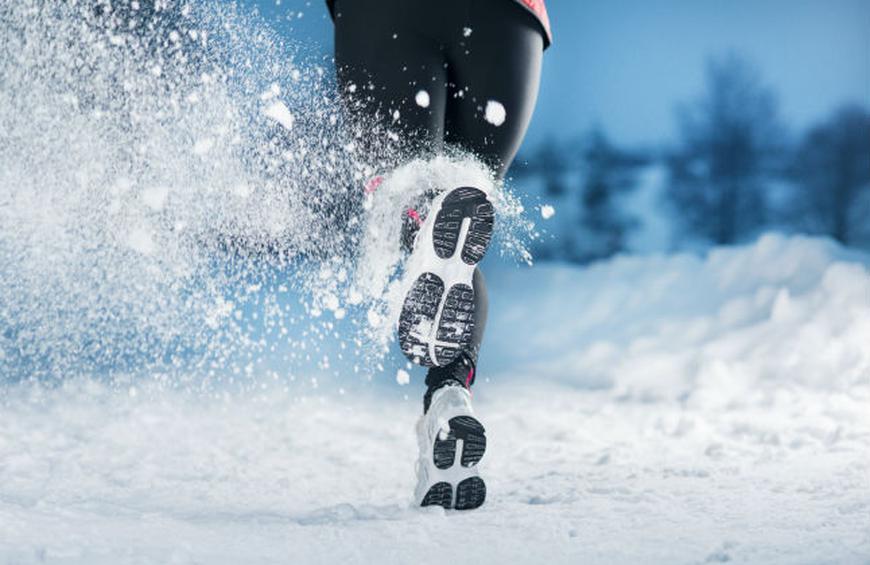It’s that time of year again, when the temperature drops and nicely paved trails or sidewalks turn into obstacle courses. Knowing how to approach these technical terrains can make the difference between a successful run and an appointment with your local orthopedic surgeon. Here are a few tips to master winter running:
- Choose appropriate footwear to use on ice and snow. Wearing a trail running shoe will provide sufficient traction. Normal running shoes may not provide appropriate footing under slippery and uneven conditions. Some runners use pull over ice cleats to improve tractions, which can also be helpful.
- Maintain an appropriate stride length. Long strides may limit your ability to maintain control on slippery terrain. It may also make it difficult to make quick adjustments for terrain changes. Shorter strides allow improved ability to stabilize and adjust appropriately on uneven or slippery surfaces.
- Plan ahead and time your runs appropriately. Running later in the morning or in the afternoon can allow for warmer temperatures. This can be the difference between running on ice or on puddles. Also, running on the side of the street where the sun shines more often usually leads to a better terrain.
- Run cautiously. Always be aware of the changes in the terrain ahead of you. One unprepared step can turn a successful run into a slow walk or limp home.
- Set appropriate expectations for running times. Trying to set a personal record in the snow and ice can be dangerous. Advance your speed and time only if the terrain allows.
Ultimately, if the conditions are too treacherous to attempt running outside, play it smart and run inside if possible. Stay safe and run outside another day. For more cold weather running tips, check out this article for more helpful information.





